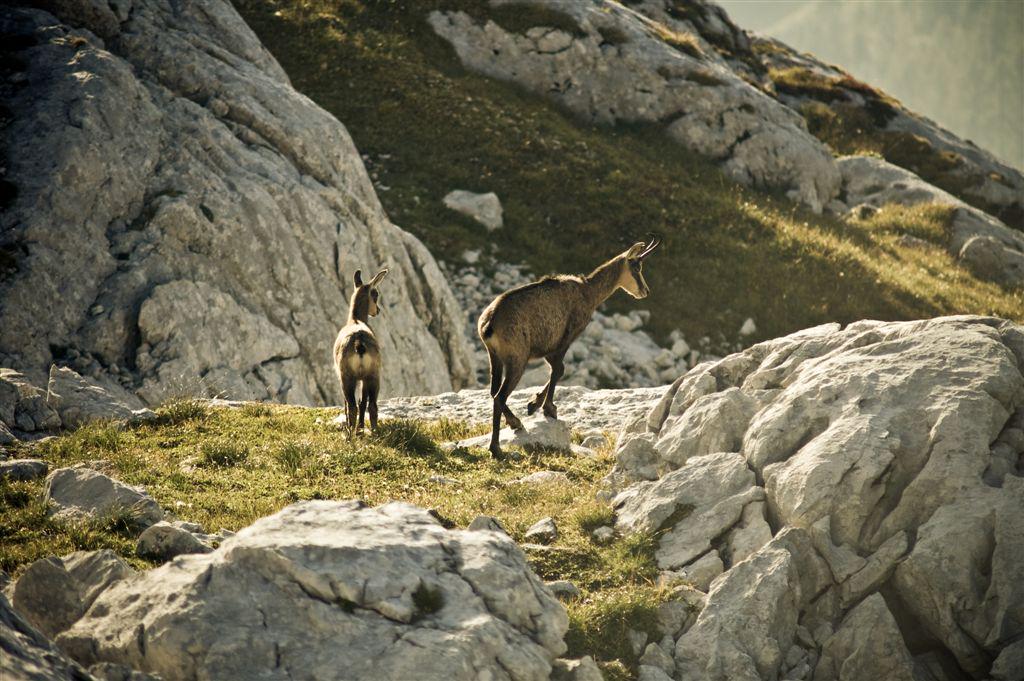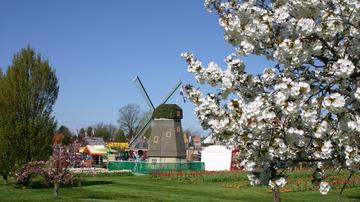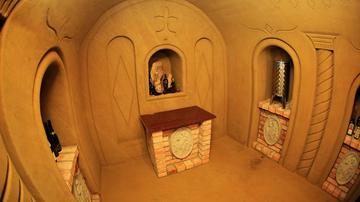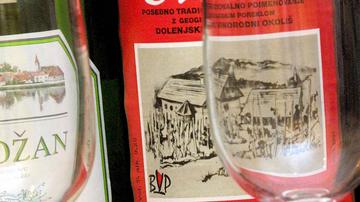
In 1981, the modern-day Triglav National Park came into existence. It encompasses some of the most breathtakingly beautiful terrain of the Julian Alps, including Triglav, Slovenia’s highest peak and a national symbol. It’s the only national park in Slovenia, but it also happens to be one of Europe’s largest, covering more than four percent of the country’s total land area. The park hasn’t been around a particularly long time in its current guise, but its history dates back more than a century.
The first proposals to protect the area around Triglav came at the very beginning of the 20th century, just a few decades after Yellowstone was created as the world’s first national park. Albin Belar, an accomplished seismologist and a nature lover, admired the exceptional beauty of the area, and proposed that the Triglav Lakes Valley, a particularly scenic landscape below the summit of Triglav, be officially protected. This would have been one of the first nature reserves in the world. However, legislation at the time did not allow grazing rights to be limited, and the idea was stillborn.
After World War I and the creation of a new South Slav state, Belar’s idea once gained prominence. In 1924, two public organizations, including the Slovenian Mountaineering Society, finally managed to take out a lease on the Triglav Lakes Valley. Even though the lease was for only twenty years, and the protected area encompassed just 14 square kilometers, it was an important step in protecting the fragile high-altitude environment of the Julian Alps.
I wasn’t until 1961 that a permanent national park was created in the Julian Alps. The new Triglav National Park wasn’t much larger than the territory of the 1924 lease, but it was permanent. Most importantly, it enabled a massive extension of the park twenty years later.
The Triglav National Park as we know it today was created with a special law in 1981. It consists of two protection zones: the inner zone is the strictest and is designed to protect nature in its wildest form, whereas the outer zone allows for traditional land management. However, the chief accomplishment of the 1981 law is that it greatly enlarged the park. It expanded from 20 square kilometers to 880, encompassing most of Slovenia’s Julian Alps.
The expansion also created political controversy. In recent years, many residents of the Bohinj Valley, including the mayor of Bohinj, have expressed their desire to be excluded from the Triglav National Park. They argue that the park’s rules and regulations are hindering everyday economic activity in the area.
While the latent conflict between protection and development, especially in peripheral areas such as Bohinj, is likely to persist, the Triglav National Park has, by and large, been a success. It has managed to protect the flora, the fauna, the traditional lifestyles, and the spectacular landscapes of the Julian Alps. In 2003, it was officially designated by UNESCO as a Biosphere Preserve.

































































